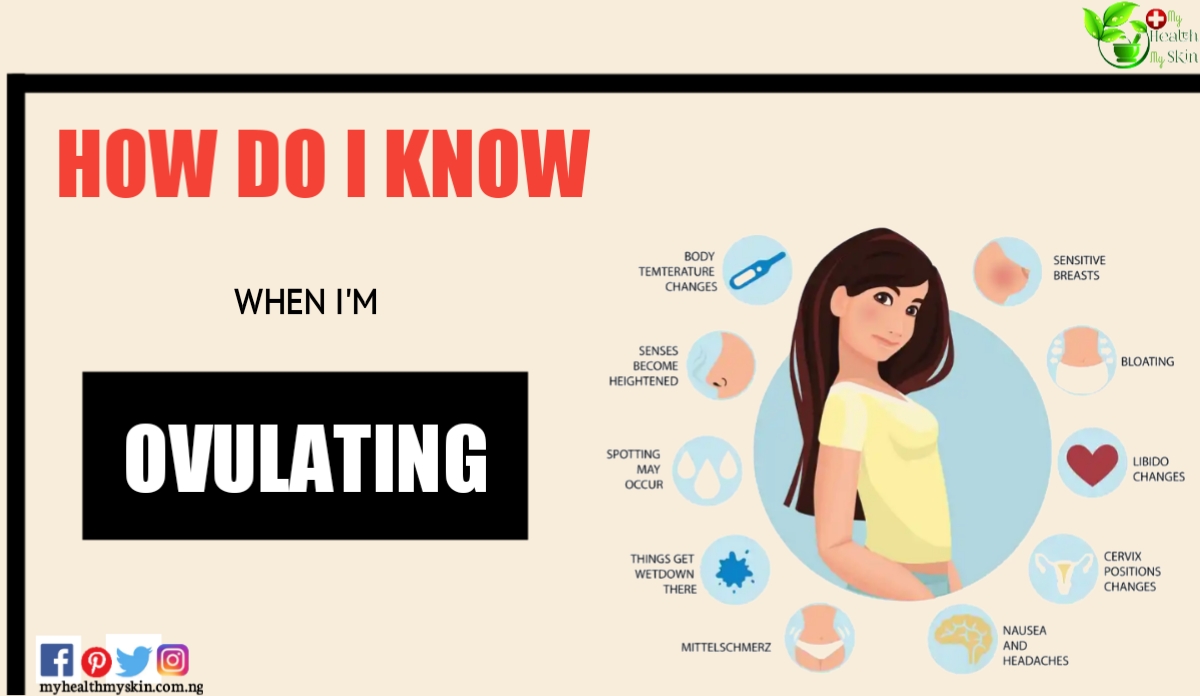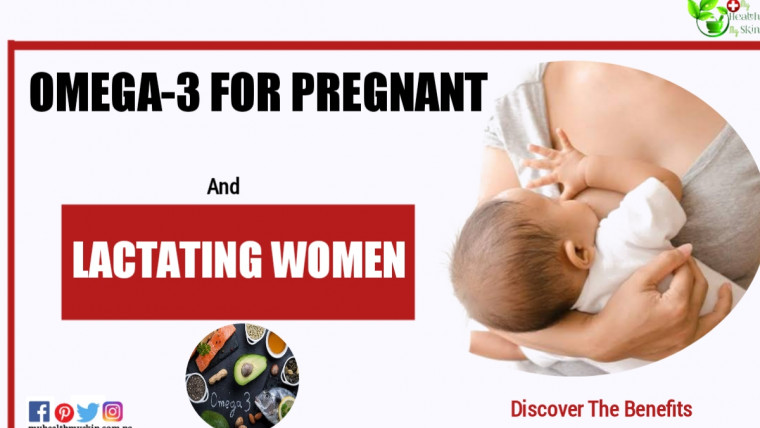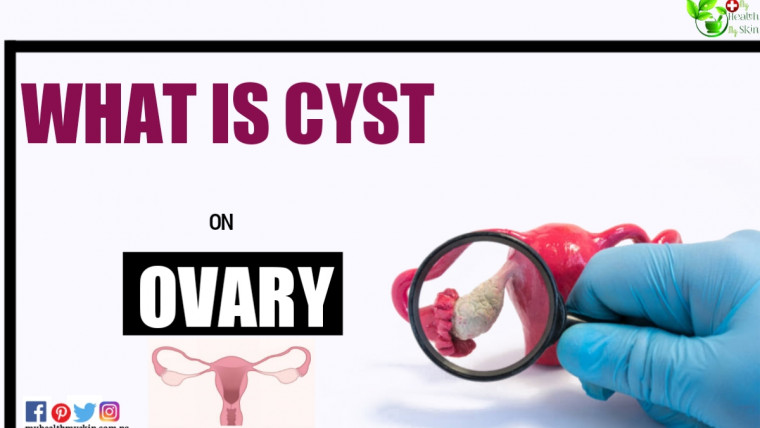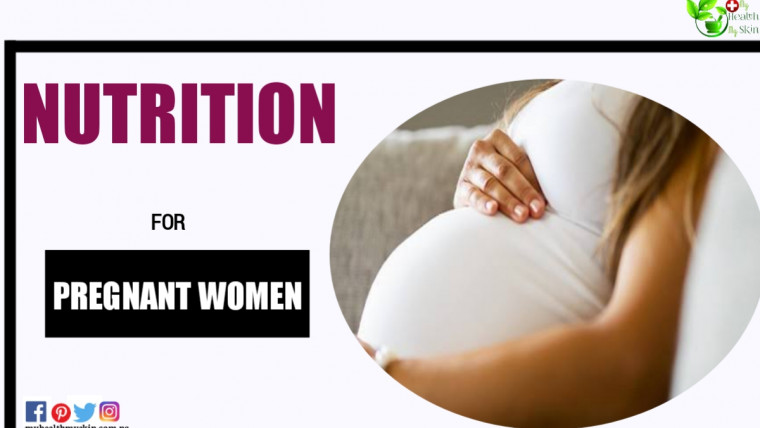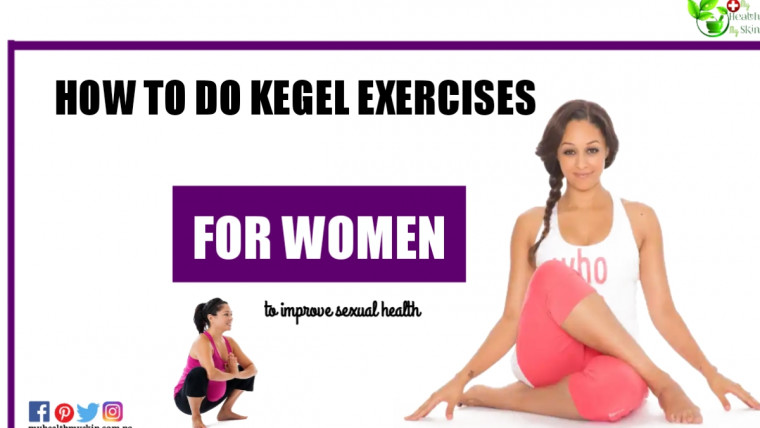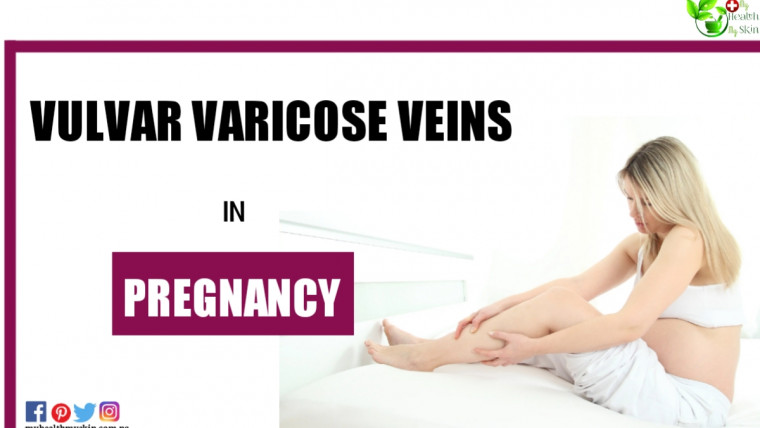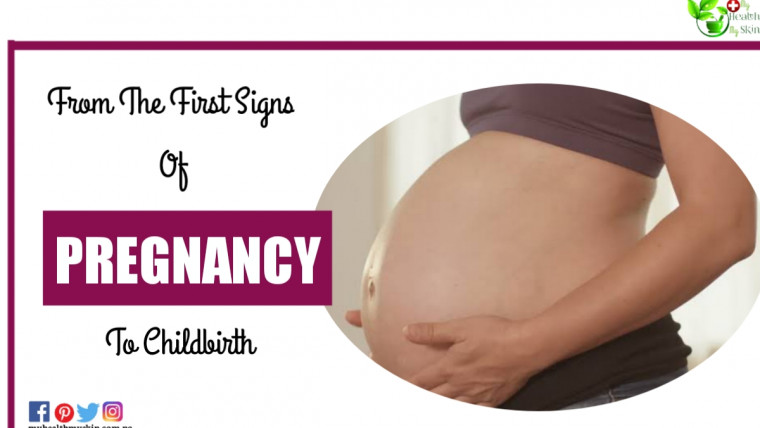What is ovulation?
Ovulation is when egg is released from your ovary into the fallopian tube. It usually takes place about 13 to 15 days before the start of each period. And just like your period, the timing of ovulation can vary from cycle to cycle, and you may not ovulate.
How do i know when i’m ovulating?
Keep on reading to find out!
Knowing the basics of how ovulation works can be a powerful aid to your health.
It is common for people to be introduced to this topic only after they have difficulty getting pregnant. But understanding ovulation can help you learn about much more than just fertility. You’ll better understand what changes in your body are influenced by your hormones at this part of the menstrual cycle, and you’ll also learn what factors can affect your ovulation rate (such as stress) and why.
Currently, in the West, we ovulate about 400 times in our lifetime. This number is influenced by the use of contraceptives (many of which block ovulation), the length of gestation and breastfeeding, or any behaviors or health conditions that affect reproductive hormones (eg, eating disorders, polycystic ovary syndrome (PCOS) ) In prehistoric times, women would have ovulated less than half of those times.
A lot happens with every ovulation. And if the conditions aren’t met, it doesn’t happen.
The development and release of an egg in each cycle is the answer to the complicated ups and downs of your reproductive hormones. Ovulation (as well as the entire menstrual cycle) is affected by energy, nutritional, emotional and socioeconomic factors.
Short-term factors such as jet lag , seasonal changes, stress or smoking can have an impact, as well as long-term factors such as PCOS and/or thyroid disorders.
How do i know when i’m ovulating? To figure that out, lets find out the basics of how ovulation works.
How Ovulation Works
The tiny eggs develop in sacs called follicles inside your ovaries. Follicles develop for several months before they are ready to release the egg (approximately >175 days or >~6 cycles) (9, 10). At any given time, there are follicles at various stages of development in your ovaries.
Early scientists confused the follicle with the egg itself.
Follicles undergo incredible changes that lead to ovulation, developing various parts and layers, each with its own characteristics and functions. Most follicles, however, will never reach ovulation, dying at different stages of development or pre-development.
At the beginning of each menstrual cycle, some developing follicles (~10) are considered candidates for ovulation in that cycle. But midway through the follicular phase, one follicle becomes dominant.
Just like a sports superstar being selected from the group, all the resources go to prepare the dominant follicle, and the others end up breaking down.
When the follicle is ready, it releases your egg. The egg leaves the ovary and is absorbed into the fallopian tube (the two are not really connected – think of the end of the fallopian tube as picking up the egg from the abdominal cavity). After its release, the egg has about 12 to 24 hours to be fertilized by the sperm inside the fallopian tube. If the egg is not fertilized within this small window, it will begin to degrade. If fertilized, it travels to the uterus over the next 6 to 12 days, to possibly implant into pregnancy.
All of these events are driven by cyclical changes in your reproductive hormones. Your hormones control the selection and development of your follicles, the release of each egg, and the preparation of your uterus for implantation.
This first part of the cycle is called the follicular phase (now you know where the name comes from).
How do i know when i’m ovulating?
If you are in a hurry to know, you can scroll down slowly to the down part of this post to read it up. But i will advice you take time to read every section of this post to get everything you need to know about ovulation.
Why is ovulation important?
Not ovulating once in a while is not necessarily a cause for concern, but if it happens regularly, or if you stop ovulating completely (and you’re not taking hormones to prevent ovulation), it can lead to serious health problems.
The entire ovulation process provides your body with the necessary levels of estrogen and progesterone – hormones that play a very important role that goes far beyond fertility. They affect your bone density, your heart health, metabolism, sleep quality, mental health and more. It is very important to have sufficient levels of these hormones.
Anovulation (absence of ovulation) in the fertile years is associated with osteoporosis, cardiovascular disease, and certain cancers in older age. For example, athletes with menstrual disorders are significantly more likely to suffer from stress fractures.
See what happens: in your brain, hormones and ovulation
The connection between your brain and the ovaries, which controls follicular development and ovulation, is called the Hypothalamic-Hypophysial Axis, or the HPO Axis.
Before ovulation
Throughout the cycle, your brain produces continuous bursts of Follicular Stimulating Hormone (FSH). FSH does exactly what its name says – it stimulates follicles to develop. As follicles grow, they produce estrogen .
When a dominant follicle is selected and grows (between day 6 and 9 of the cycle), estrogen levels begin to increase.
A follicle becomes dominant when it reaches 10 mm in diameter and usually grows to 2 cm (up to a maximum of 3.3 cm). This is approximately the size of a grape or unpeeled hazelnut.
Egg ready to be released
When the amount of estrogen reaches its maximum, the egg is ready to be released. The brain then produces a surge of luteinizing hormone (LH) triggering ovulation. The release of the egg from the follicle occurs approximately 24 hours later (10 to 12 hours after the LH surge). The follicle uses enzymes to break down its own wall and form an opening, allowing the egg to exit its interior.
At the end of the fallopian tube, a finger-like structure swells with blood to drive the egg into the tube. Meanwhile, the egg is undergoing its own changes to prepare for possible fertilization.
The preovulatory follicle is the main source of estrogen in your body. The dominant follicle is the source of >90% of estrogen production in the preovulatory period.
Estrogen starts at low levels and starts to rise midway through the follicular phase.
After ovulation
The egg may be on its way, but the work of the follicle is far from finished. The luteinizing hormone transforms the large follicle estrogen producer in a maker progesterone.
This new progesterone producer (which also produces estrogen) is called the corpus luteum, or “ yellow body ” in Latin (for its yellowish color). With each cycle in which ovulation occurs, a new corpus luteum develops. If ovulation doesn’t happen, you won’t have that progesterone spike.
If the egg is not fertilized by a sperm and then implanted in the uterine lining (after traveling through the fallopian tubes, which takes several days), the corpus luteum begins to degrade and hormone levels drop, triggering menstruation. If a pregnancy occurs, the corpus luteum provides enough progesterone for the pregnancy to develop, until the placenta can take over.
Right after ovulation, estrogen levels drop slightly and then progesterone (and estrogen) start to rise. If there is no hormonal sign of pregnancy, they start to fall again in the middle of the luteal phase, eventually triggering menstruation.
Your ovulation is not a clock
Any factors that influence the hormonal pulse in your brain can influence your ovulation. Environmental or internal factors such as stress, diet or changes in exercise can cause your ovulation to happen a little sooner or later, or not at all. Your period may come sooner or later, and be lighter or heavier.
Its follicular phase is considered “plastic” (flexible) when compared to its luteal phase.
This means that the duration of the follicular phase can change from cycle to cycle. If you know the typical length of your luteal phase (most often 13 to 15 days), you can count back to get an idea of when you ovulated. Changes in your cycle length are usually identified in the follicular phase (the time it takes a follicle to reach the point of ovulation).
It’s normal not to ovulate regularly when you start menstruating. It is also common to have irregular ovulation after pregnancy, during breastfeeding and in the years before menopause.
How do i know when i’m ovulating?
As an adult, you will likely be ovulating most of the time if your cycle is within an average range (ie 24 to 38 days for adults, with a variance of less than 7-9 days from cycle to cycle and a period that lasts from 2 to 7 days). Cycles that are consistently outside these ranges (whether long, short, or very irregular ) can be an indicator of anovulation and a serious reason to talk to a doctor.
To find out if you are ovulating (and when this happens in your cycle), you can try:
- Track the duration and regularity of your cycle in Clue;
- Use ovulation (urine) tests, purchased at your pharmacy;
- Track your physical signs of fertility (for a few cycles), including your basal temperature and cervical mucus;
- Ask your doctor to check your hormonal profile by testing a blood sample taken in the middle of your luteal phase.
Now, we have seen how to know when ovulating? Let look at when to take an ovulation test.
When to take an ovulation test?
You can test at any time of day, but it’s best to do it at the same time every day.
Ovulation test kits recommend choosing a time when you haven’t urinated for 4 hours, or haven’t had a lot of fluid. The levels of luteinizing hormone (LH) generally go up in the morning, between 4 and 8 am. If you test before it goes up for the first time, it might happen that you get a negative result that day, but you should still get a positive result the next day. If you are trying to detect the first LH surge or are having trouble getting a positive result, test at different times throughout the day and see what works best for your body.
Conclusion
Your eggs live in the ovaries inside sacs, called follicles. Follicles need the ideal conditions to grow and release the egg: the environment, health and behaviors — they all play an important role. To know when you ovulate, you can follow your cycle by monitoring cervical mucus, basal temperature and/or doing ovulation tests. Ovulation is sometimes associated with bleeding or pain at ovulation.
Ever wondered if specific sex positions or sex timing help in conceiving a desired feotus ( male or female)? Find out the hidden secret in this video below with Dr. Gobetz.
